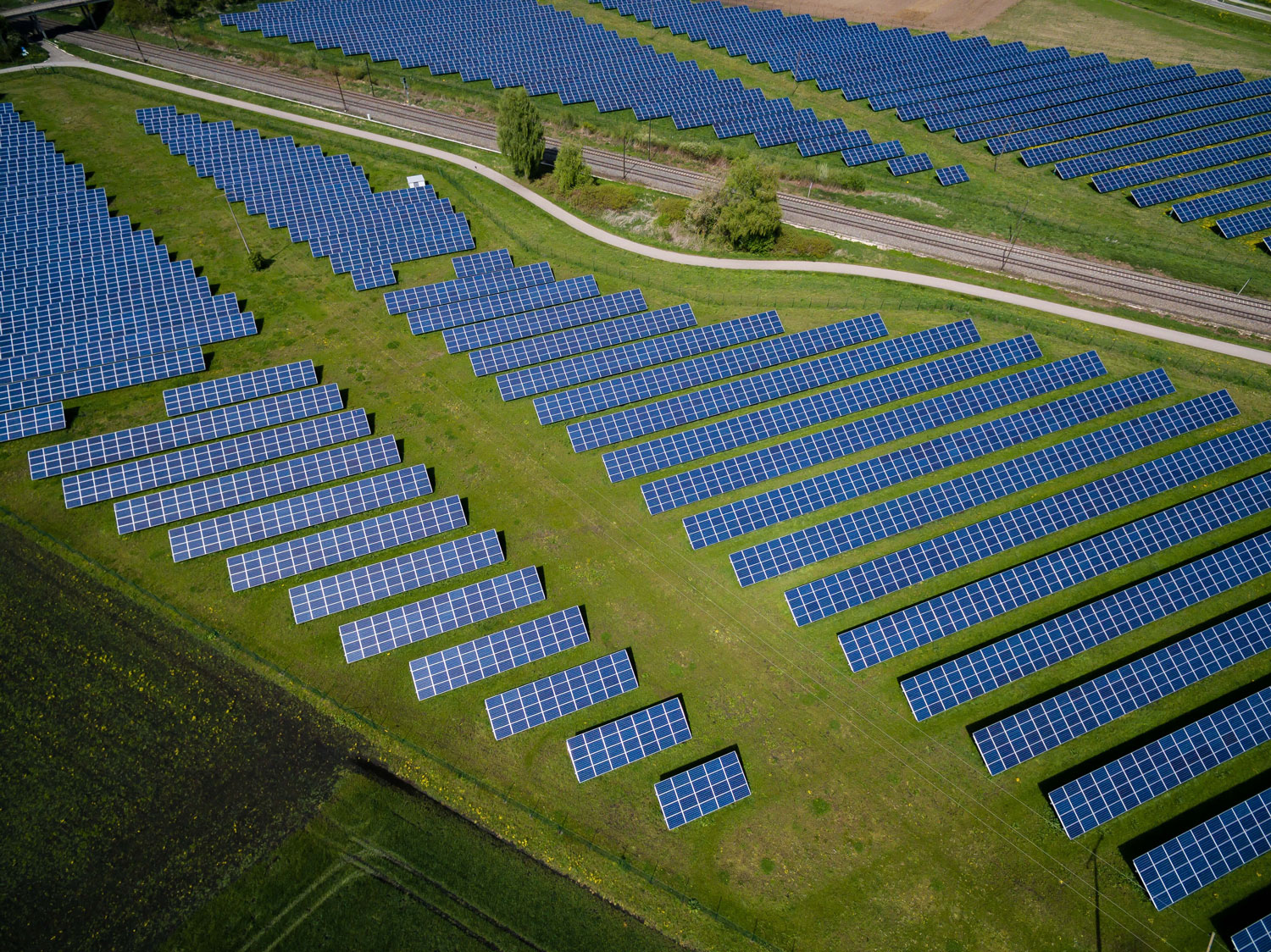Bankers and lenders are increasingly placing emphasis on the green credentials of schemes they are asked to fund. Here’s why sustainability is more important than ever for development of land projects.
Planners and developers – both in residential and commercial property – bear a huge level of responsibility for meeting Net Zero targets, as some estimates assess that the built environment accounts for 40% of global carbon emissions.
This is not only heat and lighting, but “embodied carbon” in developments – the emissions produced in making concrete foundation, brick, girder and roof tile, bringing them to site and putting them together to create buildings.
The wider built environment sector including investors and financiers are following suit with ethical lending requirements and strategies becoming more mainstream – for more on this see our piece on ‘green financing’. It aims to assist the transition to a low carbon society, creating jobs, reducing CO2 emissions and stimulating the economy, however to avoid ‘greenwashing’ the green credentials need to be specific and measurable. As part of this the development of a UK Green Taxonomy will help create and define a baseline in order to be considered ‘green’.
Typically, initiatives that fall under the green finance umbrella include renewable energy and energy efficiency, pollution prevention and control, biodiversity conservation and the sustainable use of natural resources and land. The UK Government has a Green Financing Programme set up to support projects with clearly defined environmental benefits. Two new types of loan have developed over the last few years in response – “green loans” and “sustainability-linked loans”.

The first is a straightforward “green loan” used for environmental projects that are net zero emissions, or even of net benefit to the environment or which otherwise make a substantial contribution to an environmental objective. Though such projects are not strictly defined, the Green Loan Principles published by the Loan Market Association include examples such as energy efficiency, renewable energy and adapting to climate change.
The second, often referred to as a sustainability-linked loan, funds a development with incentives to the borrower to make their project (and their business) as green as possible, using ambitious and meaningful targets to measure the sustainability of the borrower. This means developers who commit to more sustainable projects can find lenders are more likely to offer favourable terms, and this requirement is increasingly being applied to the whole development lifecycle as well as the professionals supporting the project.
This momentum for greener finance is gathering pace. As part of its drive to net zero by 2050, the government unveiled its Green Finance Strategy on 30 March, encouraging green finance for nature-
based solutions such as tree planting, and supporting farmers to access new revenue streams that will contribute to achieving environmental targets.
Private investment will be crucial to delivering net zero – the government estimates that an additional £50-60 billion capital investment per year, will be needed to deliver on the UK’s net zero ambitions, through the late 2020s and 2030s.
Measures supporting the transition to net zero particularly in the UK sustainable finance regulatory framework set out by the Government in March 2023 were welcome detail, and include:
- Improving the availability of green finance products for commercial development and businesses;
- Development of a UK Green Taxonomy to include nuclear
- New advisory groups on sustainability reporting, and ESG regulation
- An agreement that by 2024, farmers will be supported better to measure their emissions sources
- Support farmers to earn income from Gov led environmental land management schemes and private funding for sequestering carbon, improve water quality, and greater biodiversity in food production
- Established a Nature Markets Framework which sets out the principles for investing in ecosystem services
- Up to £1million funding for authority areas to attract investment into local priorities or nature
New standards for clean energy projects
The government will also be working with the British Standards Institution (BSI) and Defra to develop a range of nature investment standards.
These are designed to overcome barriers to investing in clean energy projects, accelerate progress on environmental goals and prevent greenwashing (that is making exaggerated claims about a business’ green credentials or environmental impact).
The programme will drive a consistent approach and provide a benchmark for industry codes to be recognised as sufficiently robust and credible and deliver real environmental outcomes.
We may have three years to wait before we see these standards come into force, however a public survey is already underway, and consultation with stakeholders is expected to be completed by late May 2023. According to the BSI, the final framework will contain a set of standards and offer an accreditation, for companies to be certified as having demonstrated the required level of ‘green’ integrity.
The Thrings Clean Energy and Environment and Development of Land teams are experienced specialists in all aspects of the built environment, working with landowners, developers, planners and construction businesses. To find out how they can assist in the success of your land project or development get in touch.


